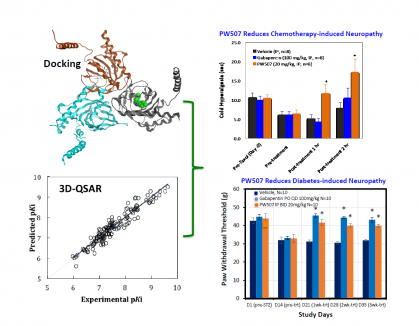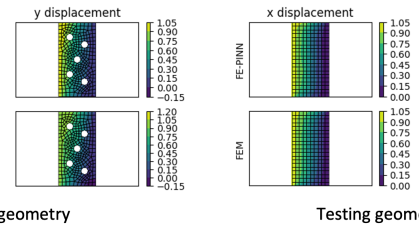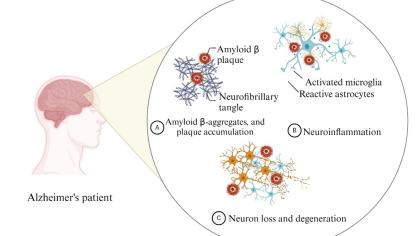Sigma-1 Receptor (S1R) Antagonists for Pain Management

Rutgers Inventor(s): William Welsh; Youyi Peng
Awarded: July 2019
Summary: Successful treatment of pain, both chronic (neuropathic) pain and acute pain, remains a significant unmet medical need and commercial opportunity. The global market for therapeutics to treat pain from all causes is predicted to grow from $60 billion to $83 billion over the next decade, while the neuropathic pain segment is predicted to double from $5 billion to nearly $10 billion. Current first-line therapeutics for neuropathic pain, which include tricyclic antidepressants, anticonvulsants such as gabapentin, and opioids, either lack efficacy or exhibit dose-limiting adverse side effects. Among possible alternative treatment options, antagonists of the human Sigma-1 Receptor (S1R) have recently attracted significant interest by virtue of their potent analgesic effects and remarkably benign side-effect profile without addictive potential. Rutgers scientists are developing a family of structurally novel S1R antagonists that possess dual functionality: i) as stand-alone treatments for neuropathic pain, and ii) as combination therapy together with low-dose opioid analgesics for treatment of moderate-to-severe pain but with far improved safety profiles especially with respect to drug tolerance, addiction, and respiratory depression. The major aim of this TechAdvance project is to structurally optimize these S1R antagonists with respect to their pharmacological and pharmacokinetic properties for subsequent preclinical and clinical development as safe and effective treatments for pain management.
Market Applications:
- Stand-alone therapeutics for treatment for neuropathic pain of different etiologies
- Combination therapeutics with low-dose opioids for treatment of moderate-to-severe pain



